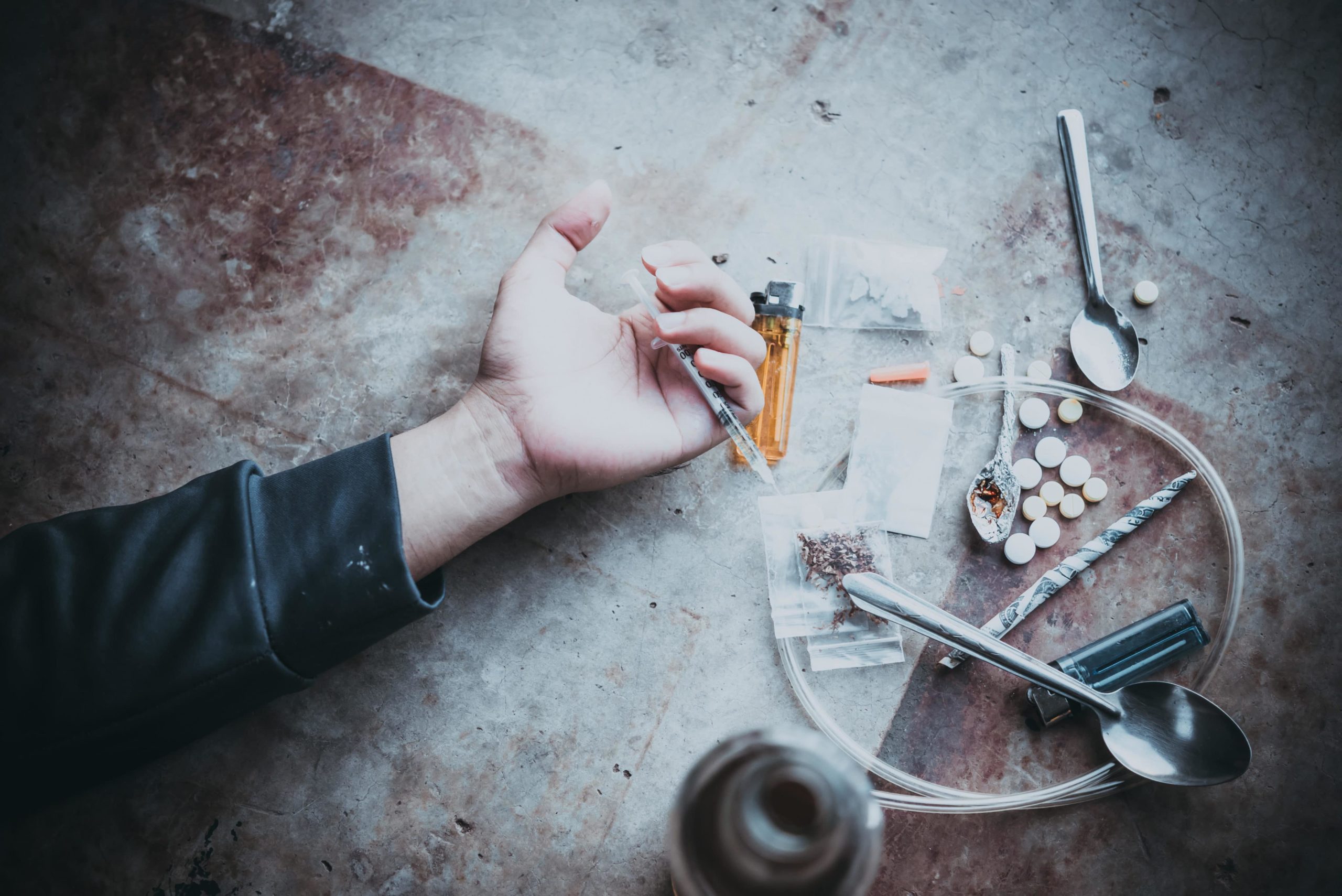
Researchers Develop Vaccine to Combat Opioid Use Disorders |
Scientists with a new research center at the University of Washington are working on a vaccine to fight the opioid epidemic in a bid to stem the tide of overdose deaths that have swept the nation over the past two decades.
Marco Pravetoni, director of the new UW Medicine Center for Medication Development for Substance Use Disorders, is leading efforts to develop the vaccine. Similar to immunization against an invading pathogen, the vaccine under development would stimulate the body’s immune system to attack and destroy opioid molecules before they can enter the brain.
Such a vaccine would not prevent drug cravings that often occur in patients with opioid abuse disorder. But the treatment, if successful, would block the effects of opioids, including euphoria, pain relief, and even overdose, thus likely reducing abuse.
The new research center opened this month and has raised more than $2 million in initial funding. Pravetoni hopes to raise enough money to complete further research on the vaccine under development.
“What I hope to achieve is that we start a new clinical trial pretty much every year,” Pravetoni told the Seattle Times in early January.
An epidemic of opioid overdoses
In November, preliminary data from the US Centers for Disease Control and Prevention showed that 100,306 Americans died from drug overdoses in the 12 months ended April 2021. Synthetic opioids have been implicated in nearly two-thirds of reported overdose deaths.
The drug used to reverse overdose, naloxone, has been shown to save lives in emergencies. Additionally, treatments for opioid abuse disorders, including methadone and buprenorphine, may help those struggling with addiction, although opioid replacement therapy drugs come with their own risk of addiction. New treatments could increase the chances of success for those struggling with opioid abuse, a program that helped fund Pravetoni’s research, according to Rebecca Baker, director of the National Institutes of Health’s Helping to End Addiction Long-Term Initiative.
“(Existing drugs) don’t work for everyone. And a lot of people don’t stay with them long-term,” Baker said. “Would the results be better if we had more options?”
The University of Washington opioid vaccine project builds on research published in the journal Nature in 1974. In this study, a rhesus monkey was trained to self-administer heroin and cocaine. After receiving an experimental vaccine to block the effects of heroin, the monkey continued to use cocaine but greatly reduced its heroin use, suggesting the vaccine had done its job.
This study led to further research on the possibility of developing a vaccine against nicotine addiction. Although initial results appeared promising, human studies showed the treatment was only as effective as a placebo. A vaccine developed to combat cocaine addiction met a similar fate, and neither treatment was approved by the Food and Drug Administration.
Kim Janda, a professor of chemistry and immunology at the Scripps Research Institute in California, has spent decades researching drug vaccines. He believes continued research could eventually produce an effective vaccine.
“We learned a lot more [about] which is possible, which may not be as fruitful,” Janda said, adding that vaccines may not work against all drugs of abuse. “But if there’s enough money to support these vaccines and you had the infrastructure to do it, you could move it forward pretty quickly.”
This year, Pravetoni and a Columbia University researcher started the first phase 1 clinical trial of a vaccine to prevent opioid abuse. The vaccine, designed to block the effects of oxycodone, is being tested for safety and effectiveness in people who are already addicted but don’t get the disease.
Is an Opioid Vaccine Worth the Cost?
But human drug trials are expensive. Pravetoni estimates that bringing an effective opioid vaccine to market could cost as much as $300 million. Some addiction experts, including Dr. Ryan Marino, an emergency room physician and medical toxicologist at Case Western Reserve University in Ohio, wonders if the money could be better spent.
“It’s true that more treatment options are generally better,” Marino told Filter. “But what doesn’t make sense to me — as someone who treats both overdose and addiction — is putting so much money into it when we already have an antidote for opioids, a long-acting opioid blocker, and two other evidence-based treatment options for opioid use disorders that do.” both reduce opioid use and prevent overdose.”
Harm reduction activists who work on the ground with people with addiction problems say limited resources could be spent more effectively. Jessica Blanchard, the founder of Georgia, a mobile harm reduction program called 229 Safer Living Access, distributes safer sex items and naloxone provided by other groups. But she personally bears the other costs of managing the program, which severely limits its operation.
“With the funding, not only could I afford to buy in bulk, which reduced costs significantly, but I was also able to provide attendees with more supplies to share with those who were unable to Get in touch with the program,” Blanchard said. “I would pay program participants for secondary distribution. (They) are the experts here. They express the desire to participate in distributing relief supplies and educating their peers. But without being able to compensate them for their time and lived experience, I just can’t ask them for help.”

Post a comment: